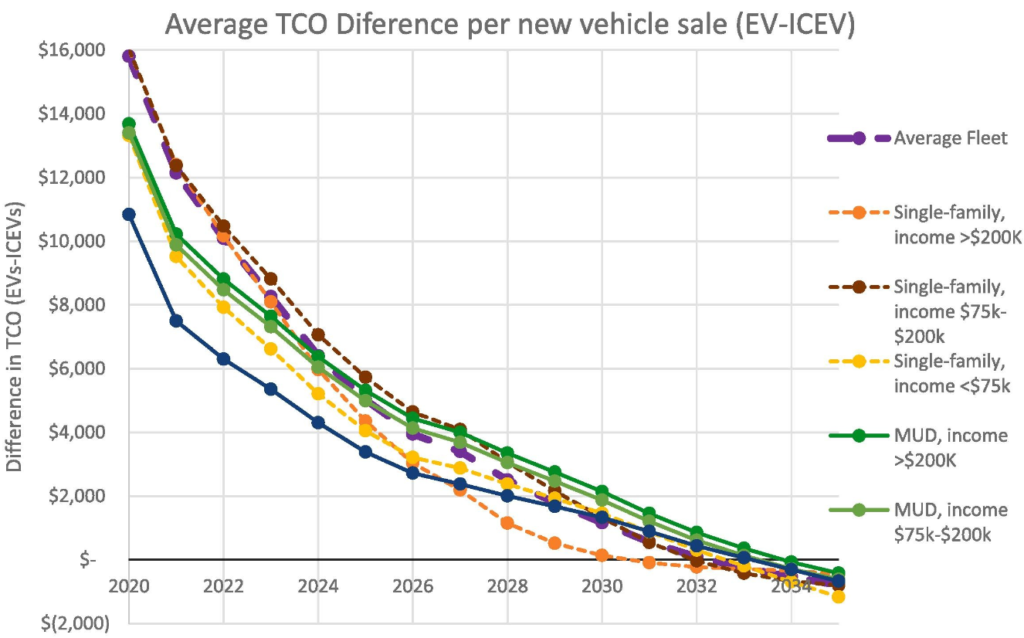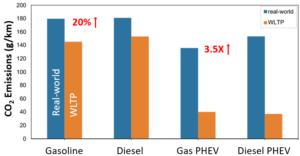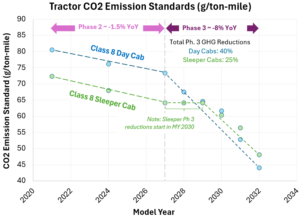Journal Paper Summary
EV Cost of Ownership Parity a Decade Away?
New study analyzes the cost of transition to electric vehicles in California, including socio-economic factors. The burden will shift to lower income groups in later years.
Reference
Debapriya Chakraborty, Adam W. Davis, Gil Tal,
“The cost of aggressive electrification targets – Who bears the burden without mitigating policies?” Transportation Research Interdisciplinary Perspectives, Volume 23, 2024, 101006
https://doi.org/10.1016/j.trip.2023.101006
A recently published study examines the interplay between vehicle costs and socioeconomic factors and their impact on the transition to electrification of light-duty vehicles. Specifically, it examines the cost of the transition, and how it will be borne by various income groups, if electric vehicle (EV) mandates are imposed without mitigating policy steps.
The study estimates the cost of transitioning to 100% EV sales by 2035 in California, through a combination of total cost of ownership (TCO) analysis with an EV diffusion model, and the assumption that requirements of California’s Advanced Clean Cars II EV targets are met: EVs allocated 26% of sales in 2026, increasing to 100% in 2035.
The main finding is that the TCO of new EVs will remain higher than of ICE vehicles for another decade for most of the population in California. And it points to the need for financial incentives and charging infrastructure adjusted to socioeconomic needs, without which, the authors conclude that consumers will not choose to transition to EVs by the targeted dates.
Main Finding
The authors conclude that the TCO of new EVs will remain higher than of ICE vehicles for another decade for most of the population in California.
It points to the need for financial incentives and charging infrastructure adjusted to socioeconomic needs, without which, the authors conclude that consumers will not choose to transition to EVs by the targeted dates.

Methodology
This TCO study is done for a 5-year ownership of passenger cars and light trucks, with all-electric range of < 200 miles to over 300 miles. Both plug-in and full electric vehicles are considered, as are fuel cell electric vehicles. As with most studies of this nature, a variety of assumptions were made, such as the cost of batteries with time, utility factors for plug-ins (up to 85%), cost of chargers, energy and repair costs, and even the rise of vehicle-to-grid integration (41% by 2035).
The key difference with other studies is the inclusion of an “EV diffusion model”, which takes into account the impact of socioeconomic factors on adoption of EVs: wealthy buy first, households with multiple vehicles buy sooner (lower risk of new technology adoption), etc., and for the barriers and drivers for the 2nd EV purchase (e.g. charger cost is reduced for 2nd EV).
Household Factors Considered
- Annual income (< $75K to > $200K)
- Number of vehicles per household
- Access to charging
- Single or multi-unit dwelling
- Driving behavior (daily vehicle miles travelled, city vs. highway driving, etc.)
Cost of transition
This is calculated as the total cost of EV transition vs. the cost of continuing with ICE vehicles.
Findings
- The TCO analysis at a vehicle-level (i.e. without the socio-economic factors) projects falling EV prices, with expected price parity with ICEs by 2024 – 2026 for most cars and trucks
- Except for the intermediate range vehicles, an interesting finding, perhaps linked to more availability of cheaper ICE options in that segment.
- Combined with socioeconomic factors, however, TCO parity is moved to beyond 2032 for most vehicles, averaged across the entire fleet.
- In 2024, for instance, EVs are expected to cost ~ $4000 – 7000 higher than ICEs on average.
- The earliest TCO parity is found for single-family homeowners earning > $200K, resulting partially from a rapid decline in prices of the high-end, higher-range EVs purchased by this category, and access to home charging. Conversely, lower income, and apartment-dwellers are expected to pay a higher difference for the mid-range vehicles (for which ICE costs are especially lower) and to rely on higher-cost public charging, increasing the time for TCO parity.
Concluding Thoughts
Without mitigating policies, if / when the EV transition is imposed through new regulations, the burden of the cost of transition is seen to shift from the wealthy, single-family homeowners initially to consumers with lower income in later years.
This and other findings of the study are perhaps not surprising. The transition to electrification is going to be messy, and socioeconomic (and political, regional strategies not included here) factors will play an important role that goes beyond the simple TCO metric often used to predict the transition. Note that the study is done for California, the most advanced EV market in the U.S. and the implications for other states are probably even more complex.
Sign up here to receive such summaries and a monthly newsletter highlighting the latest developments in transport decarbonization
5-Min Monthly
Sign-up to receive newsletter via email
Thank you!
You have successfully joined our subscriber list.
Recent Posts

SAE WCX 2024 – Year in Review
The SAE World Congress was held in Detroit and covered a broad range of topics pertinent to transport decarbonization. Here’s a link to download presentations on emissions and sustainability.

Real-world CO2 emissions from cars and vans in Europe are 20% higher than certification values
EU Commission finds real-world CO2 emissions from cars and vans in Europe greatly exceed lab certification values. Plug-in hybrids are not being charged as much as estimated.

US EPA MY 2027-2032 Heavy-Duty Phase 3 GHG Standards
The U.S. EPA has finalized the Phase 3 GHG rule specifying CO2 emission reductions from heavy-duty trucks and buses over MY 2027 – 2032.
